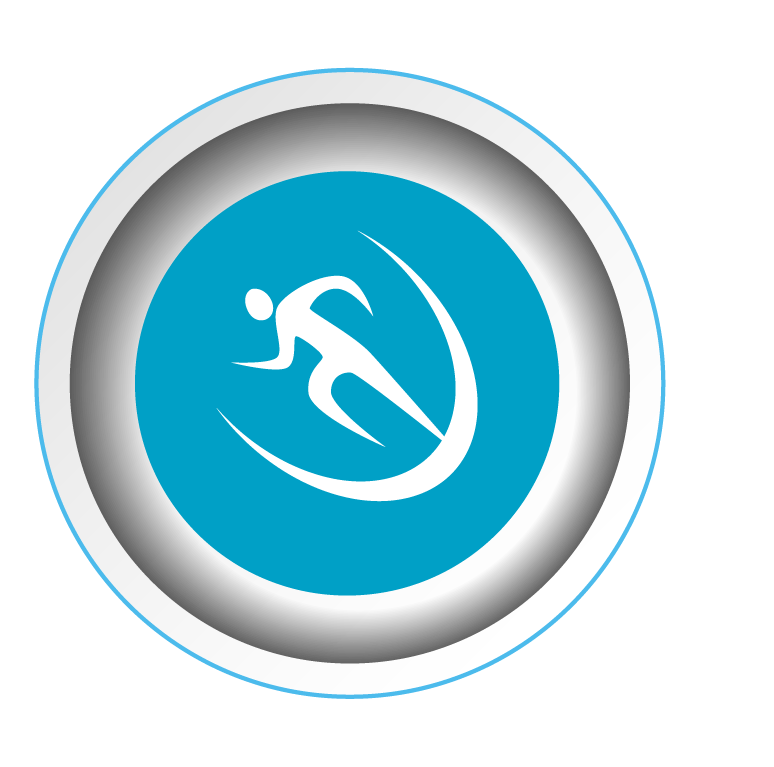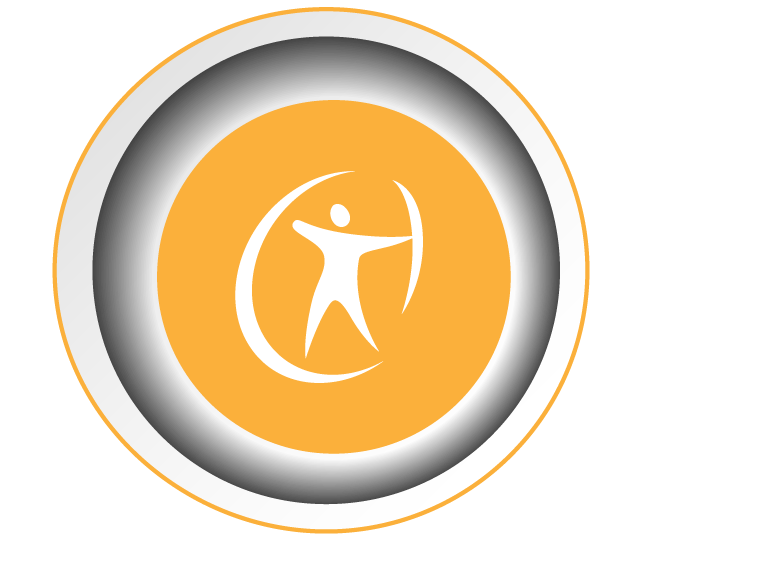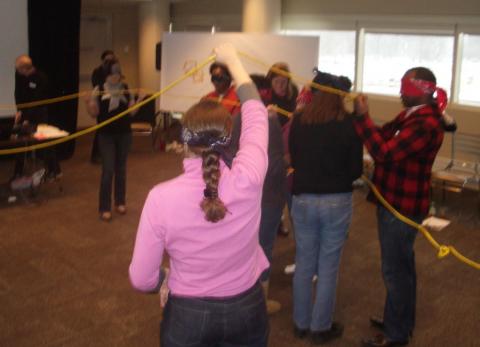How Fit is Your Business? Part 4: Speed & Mobility

Many day-to-day business responsibilities and operations are routine. In order to be prepared for the unexpected, we must constantly scan the environment for new opportunities and challenges. Responsiveness, Competitiveness and, Innovation are key components of an organizations Speed and Mobility.
 Are you and your workforce able to move quickly with the needs of the market?
Are you and your workforce able to move quickly with the needs of the market?
Flexibility is not one in the same with speed and mobility as discussed earlier, physical flexibility enables broader access to your strengths. Therefore, you need to be flexible in order to move. You also have to be ready which is where speed and mobility enter.
Readiness is the Capacity for Speed and Mobility
Military troops are ready when they can be quickly mobilized to respond to an emergent  need. Similarly, your workforce is ready when it can rapidly mobilize to respond to a new opportunity, a shift in the market, or even a crisis.
need. Similarly, your workforce is ready when it can rapidly mobilize to respond to a new opportunity, a shift in the market, or even a crisis.
In The Agility Shift, I describe the events that revealed a significant gap between competitors Nokia and Ericsson’s ability to mobilize. A fire in an Albuquerque, NM semiconductor plant caused a supply chain disruption for a crucial component on which both cell phone manufacturers depended. Nokia was ready to quickly mobilize in response to the crisis, while Ericsson was not, leading to significant losses and a drop in their market share. Sometimes it takes a crisis to prioritize agility. In recent years, Ericsson has done this across its enterprise with impressive results. The good news is that you and your business can benefit from the lessons learned by others and develop your readiness by attending to these critical areas:
- Communication, Collaboration and Coordination
- Surface Exposure
- Decision Speed
- Time to Market
Four Ways to Improve Your Speed and Mobility
Improve Communication, Collaboration and Coordination. Speed and mobility require competence, as well as systems and processes for what I have identified as the three Cs of agility:

communication, collaboration and coordination.
Often cited for its agility, fashion retailer Zara is able to respond to changing trends and customer tastes at a regional and even store level. With an integrated supply chain and innovative systems and processes to monitor sales and feedback, Zara is able to get new fashions from
concept to retail racks in a matter of weeks. Are you making optimal use of your existing systems and processes to maximize the three Cs?
Increase Your Surface Exposure. One of your first priorities to improve speed and mobility is to increase what researchers Christopher Worley and Edward Lawler call “surface exposure.” (2010). Surface exposure is the degree to which members of your organization are exposed to feedback and new developments in the marketplace. Zara has developed sophisticated channels and practices for just this purpose. Another of my clients uses Slack to monitor social media and other feedback channels in real time and immediately discuss them across product development, marketing, and customer service. In these examples it is not enough to monitor the information; your team must have the commitment and capability to digest and rapidly respond. How can you increase your surface exposure and responsiveness to the feedback it provides?
Improve Decision Speed. Agile systems and processes have little value if the ideas and input they channel get lost in a maze of confusion and enervation. Numerous studies have linked fast decision speed with organizational performance and growth. Agile organizations empower their employees to make decisions on the spot, especially when they directly affect business results. Don’t let your fear of losing control deter you from improving decision speed. Rather, use it as motivation to clarify decision rights throughout your team or organization. This recent HBR article on decision making provides an excellent guide. Are your employees empowered to quickly make decisions that can impact business results?
Improve Time to Market. You will have a hard time sustaining your results if your competitors beat you to the market with new products and services. A study by Salesforce.com found that developers using agile methodologies improved their time to market by 61%. Rather than adopt all of the elements of agile methodologies, especially if you are not in the software business, you can significantly improve your timing by shifting your mindset and business practices with many lessons learned from agile pioneers. I distill and translate many of these lessons for wider application in The Agility Shift.
What business practices, systems, and processes do you have in place to increase your speed and mobility in response to shifts in your market?


 Have you developed the competence and capacity to adapt when things don’t go as planned?
Have you developed the competence and capacity to adapt when things don’t go as planned? One of the best ways to improve collaboration and flexibility only takes a few minutes. Try it the next time you meet with your team. Kick off your meeting with a quick
One of the best ways to improve collaboration and flexibility only takes a few minutes. Try it the next time you meet with your team. Kick off your meeting with a quick
 Give a Stretch Experience
Give a Stretch Experience
 Give The Agility Shift to Your Team
Give The Agility Shift to Your Team






